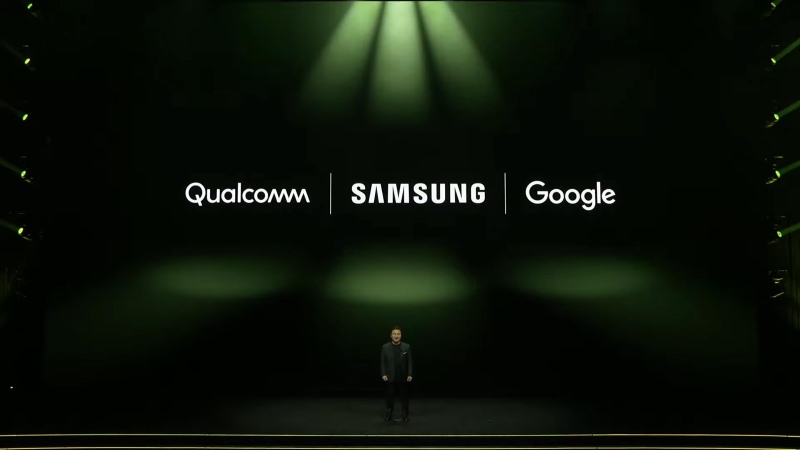Technology
Google and Samsung Launch XR Venture with Android Moohan Headset
Alphabet Inc.’s Google and Samsung Electronics Co. have announced their strategic venture into the mixed-reality (XR) sector, revealing a new operating system and headset aimed at challenging products from Apple Inc. and Meta Platforms Inc. The companies introduced Android XR, a version of Google’s Android optimized for extended reality, and Samsung’s Project Moohan headset, designed to offer a more comfortable and versatile alternative to existing devices.
A Bold Step into the XR Market
Google and Samsung’s partnership aims to revitalize the XR market. Android XR supports the creation of various XR devices. This includes headsets, smart glasses, and AI innovations. Manufacturers like Sony, Xreal, and Lynx back the new platform. The companies hope to replicate Android’s smartphone success.
Technology Ready for Prime Time
Google’s Sameer Samat emphasized that the technology behind XR is finally ready. Reflecting on the challenges faced by the earlier Google Glass, Samat noted that while the technology wasn’t ready a decade ago, the vision for XR has always been strong. The new platform integrates artificial intelligence, enabling features such as glasses that recognize furniture or a headset that can create vacation maps.
A Competitive Landscape
Apple’s $3,499 Vision Pro is a premium, niche product. Its price and weight hinder broader adoption. Meta has seen mixed success with VR headsets. Google and Samsung’s XR initiative aims to diversify the market. They target both budget and high-end devices for gaming, entertainment, and professional sectors.

Apple Watch in 2025 Will Be Able to Send Texts Via Satellite
Apple Inc. is preparing to introduce groundbreaking features for its smartwatch in 2025, targeting outdoor enthusiasts and health-conscious consumers…
Samsung’s Headset: A New Contender
Samsung’s Project Moohan headset stands out with its lighter, more comfortable design. The device features a curved front, high-resolution displays, and an adjustable head strap, setting it apart from the Apple Vision Pro. Users can easily switch between AR and VR modes with a simple tap, while the headset’s field of view is larger, enhancing the immersive experience. Samsung has focused on comfort and wearability, utilizing head data and simulations to improve design.
Android XR: More Than Just a Platform
Android XR’s interface includes core Google apps like Maps, YouTube, and Docs, along with the ability to control the device using a mouse and keyboard. The system also supports hand-and-eye control for a more interactive experience. In contrast to the Vision Pro, Android XR allows users to transform photos and videos into 3D, providing a unique multimedia experience.

Price and Launch Timeline
Though Samsung has not disclosed the pricing details for its headset, it hinted that it would be more affordable than the Apple Vision Pro. The Samsung headset will be powered by Qualcomm’s XR2 Gen 2 chip, with glasses also planned for the future. Google’s Project Astra initiative has already introduced prototype Android XR glasses, which leverage AI and microLED technology.
The Road Ahead
The XR market is poised for significant growth. Google and Samsung aim to be key players in this space. They will showcase their platform and headset at a New York developer event. Samsung’s headset is expected to launch next year. The future of XR technology looks transformative, driven by Android XR’s ecosystem.


